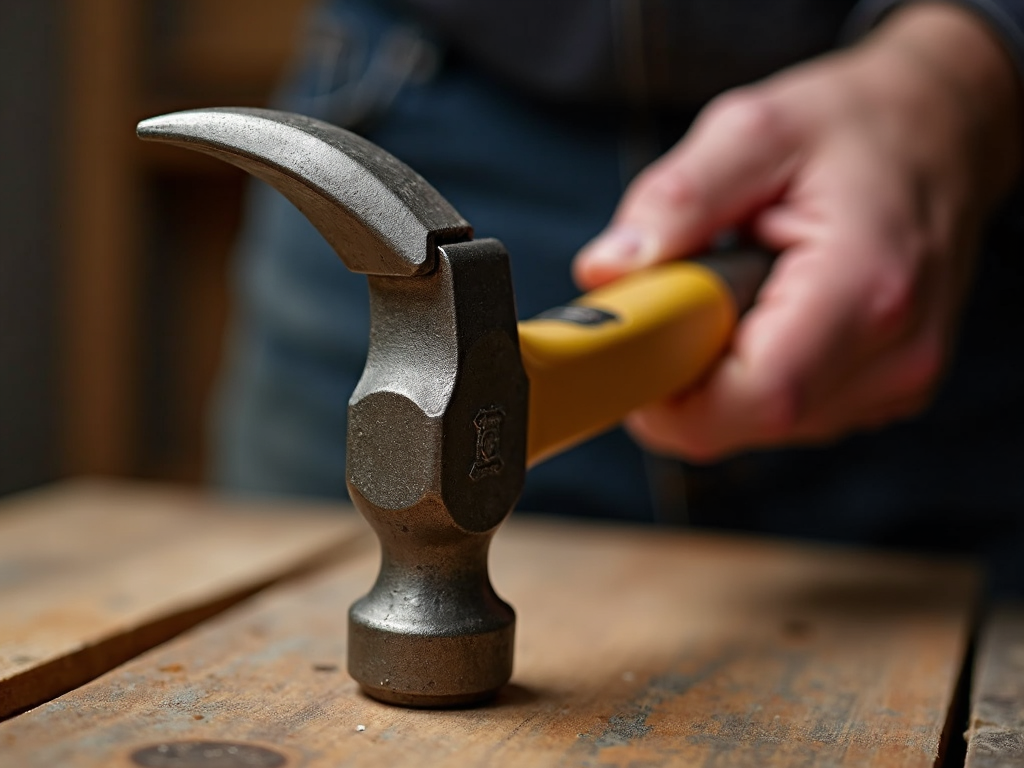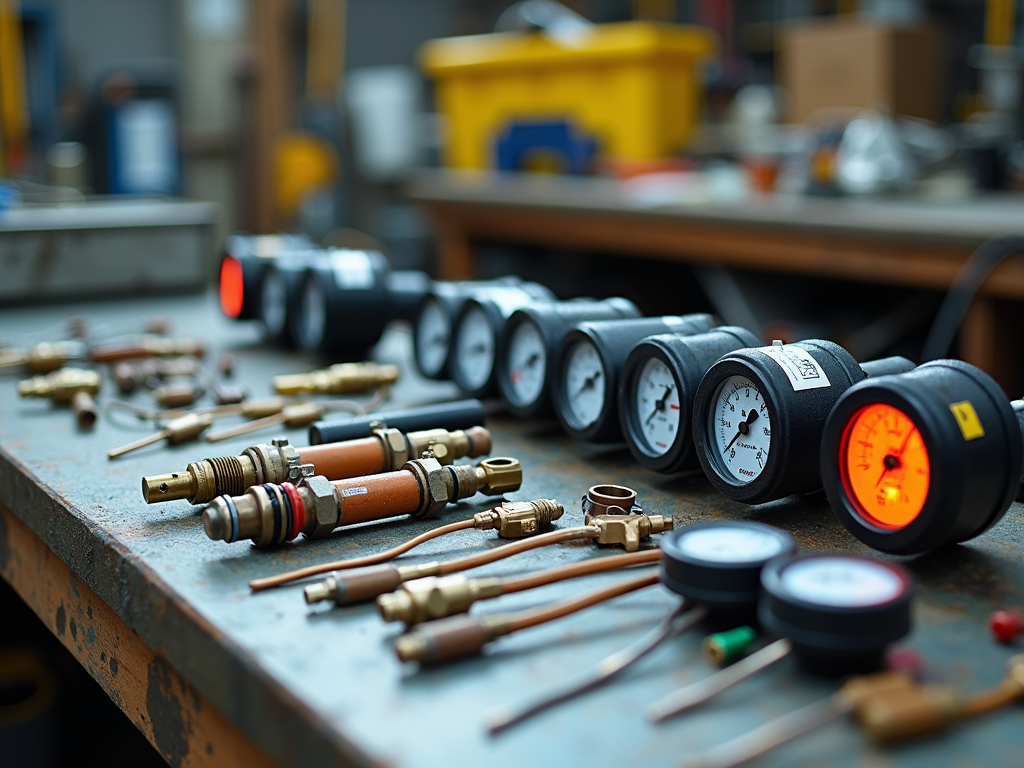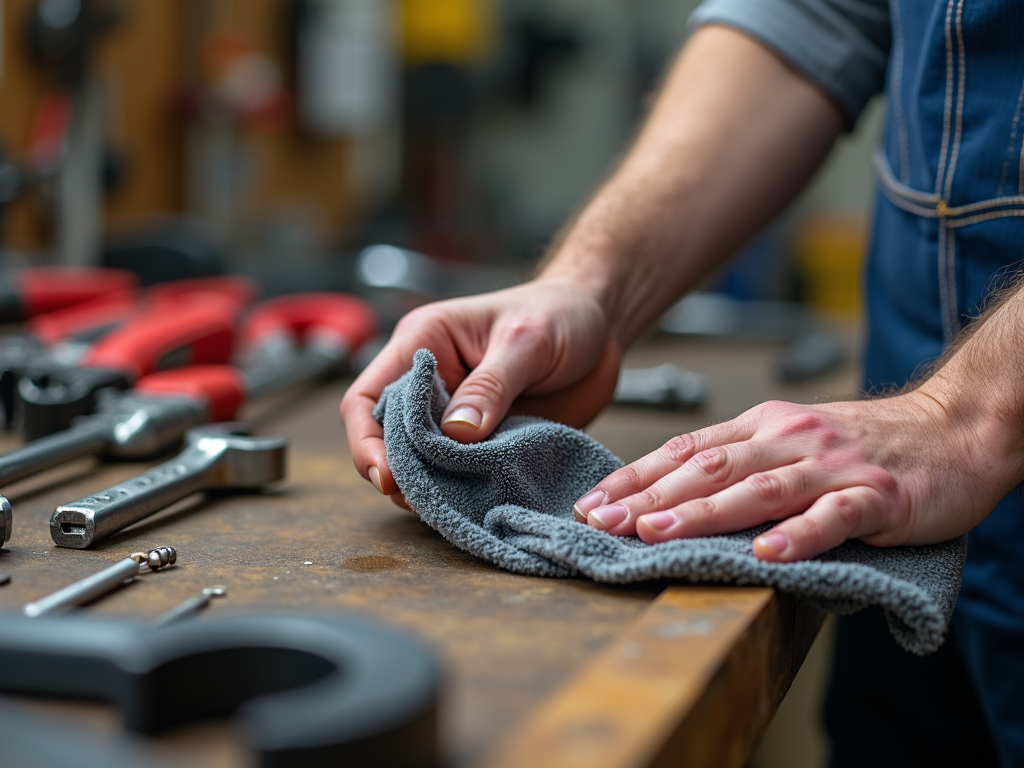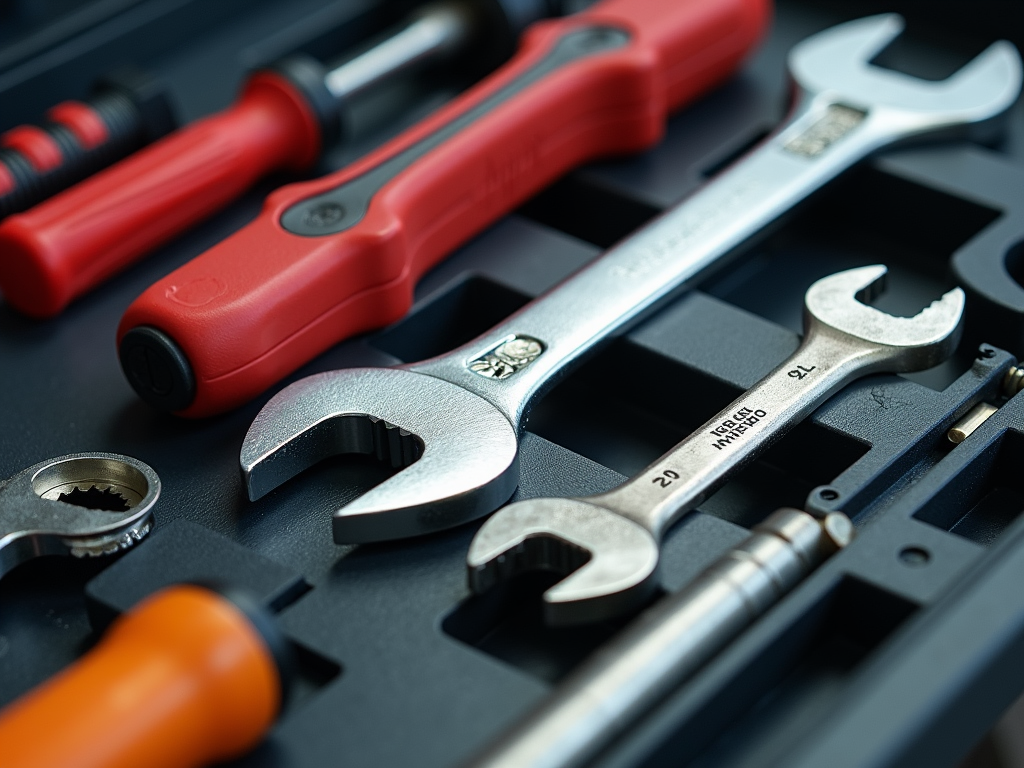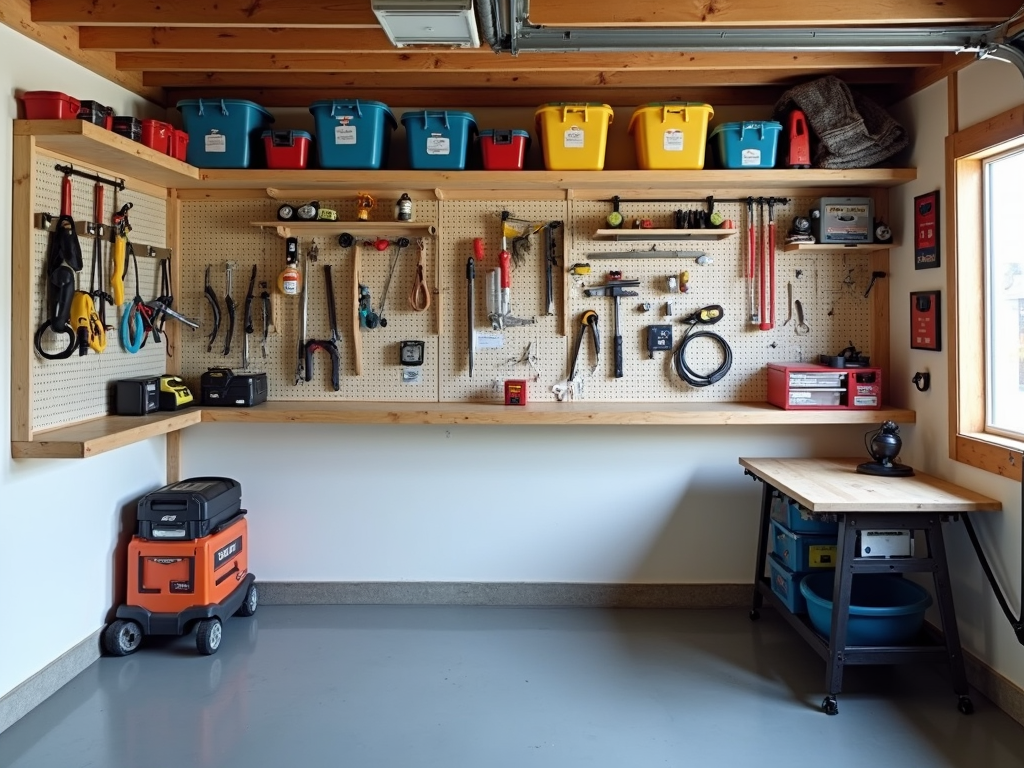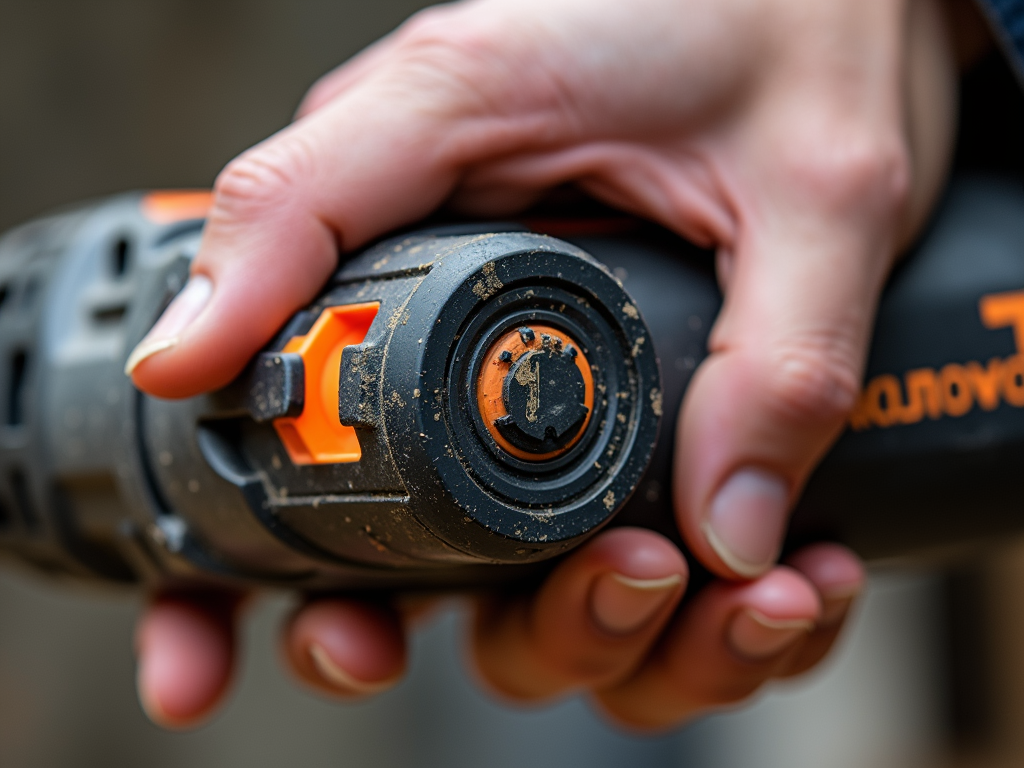Hammers are essential tools for any workman, but using them safely is crucial to prevent injuries. This article provides comprehensive safety tips, proper techniques, and personal insights to help you use hammers effectively and safely.
Understanding Hammer Types
There are various types of hammers, each designed for specific tasks. The most common ones are claw hammers, ball-peen hammers, and sledgehammers. Knowing which hammer to use for a particular job is the first step towards safety.
For example, a claw hammer is great for driving nails into wood, while a ball-peen hammer is better for metalwork. Using the wrong type of hammer can lead to accidents or damage to the material.
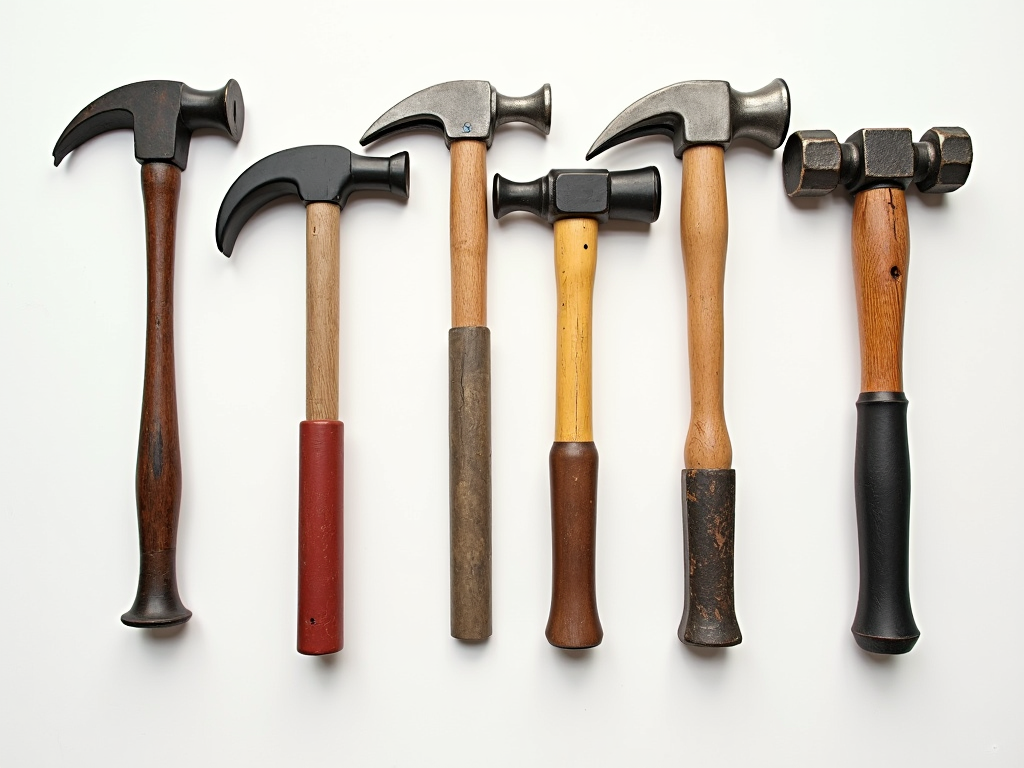
Basic Safety Gear
Before you start hammering, make sure you have the right safety gear. This includes safety glasses to protect your eyes from flying debris, gloves to protect your hands, and sturdy shoes to protect your feet.
I remember once when I was hammering a nail without safety glasses, and a small piece of metal flew into my eye. It was a painful experience that could have been avoided with proper safety gear.
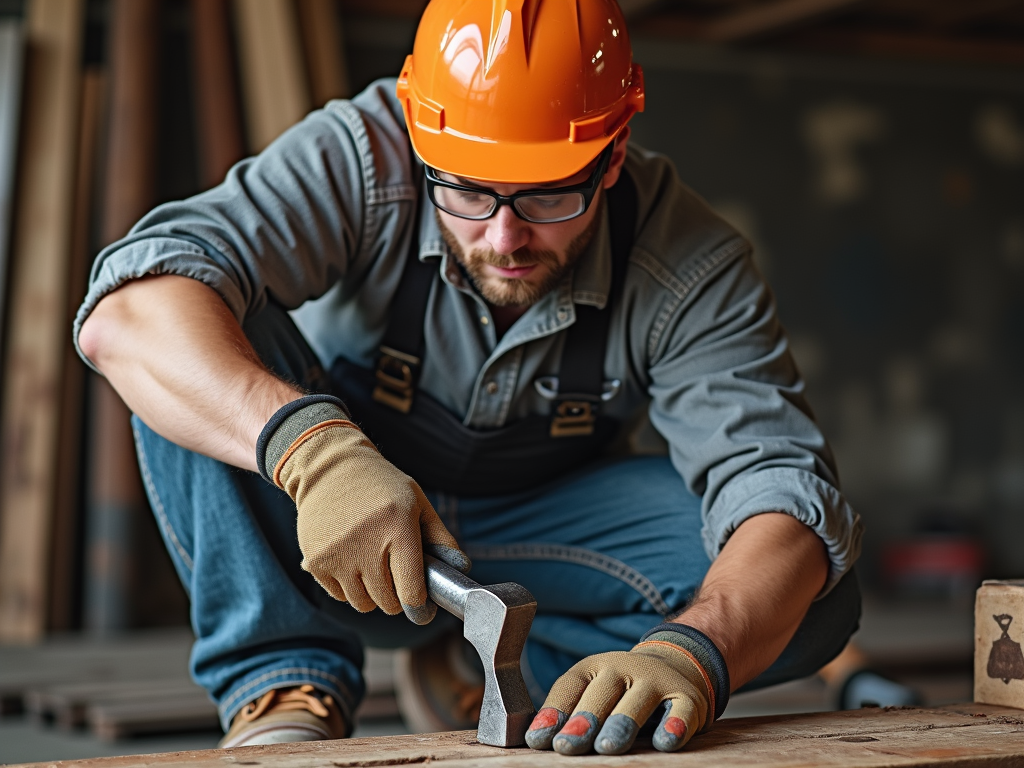
Proper Hammering Techniques
Using the right technique is crucial for safety and efficiency. Here are some tips:
- Hold the hammer correctly: Grip the handle near the end for better control and power.
- Position your body: Stand with your feet shoulder-width apart for stability.
- Aim accurately: Focus on the nail head and strike it squarely.
- Use the right amount of force: Don't overdo it; let the hammer do the work.
- Keep your fingers away: Always keep your fingers away from the striking area.
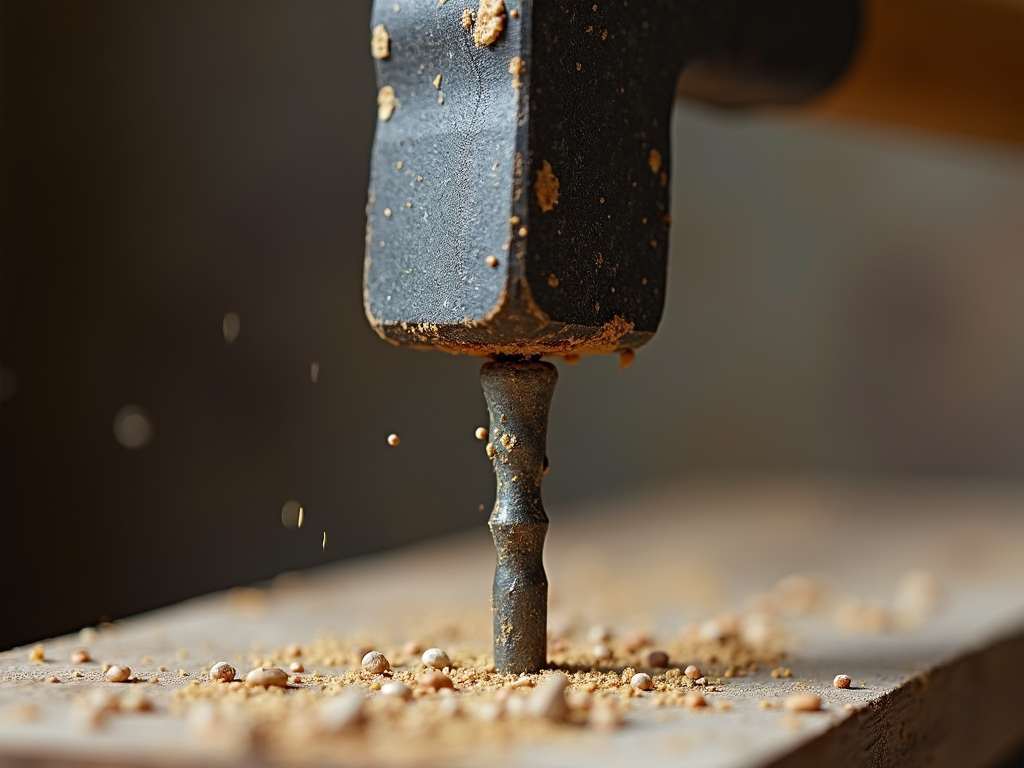
Common Mistakes to Avoid
Even experienced workmen can make mistakes. Here are some common ones to watch out for:
- Using a damaged hammer: A hammer with a loose head or a cracked handle can be dangerous.
- Hammering at an angle: This can cause the nail to bend or the hammer to slip.
- Not securing the workpiece: Make sure the material you're hammering is stable and won't move.
- Ignoring safety gear: Always wear the appropriate safety gear, no matter how small the task.
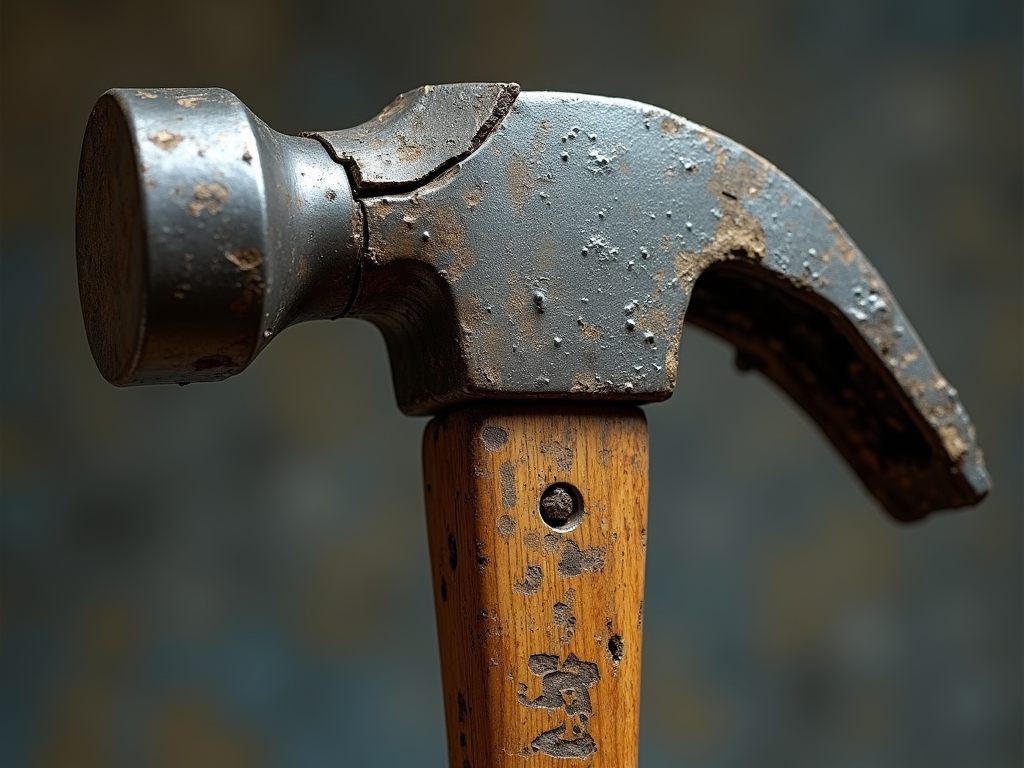


Personal Insights
As someone who has been using hammers for years, I've learned that safety is not just about following rules; it's about developing good habits. For instance, I always double-check my safety gear before starting any task, and I make sure to inspect my tools regularly.
One time, I was in a hurry and didn't check my hammer properly. The head was loose, and it flew off mid-swing, narrowly missing my foot. That incident taught me the importance of regular tool maintenance.

In summary, using hammers safely involves understanding the right type of hammer for the job, wearing proper safety gear, using correct techniques, and avoiding common mistakes. By following these tips, you can prevent accidents and work more efficiently.
Related How to Use Hammers Safely:
- Top 10 Tools Every Workman Should Own: A Comprehensive Guide
- Smart Home Basics for Beginners: A Comprehensive Guide
- Enhancing Your DIY Projects with Rotary Tools: A Comprehensive Guide
- Understanding Industrial Sensors: The Backbone of Modern Automation
- Essential Maintenance Tips for Workman Tools: Keep Your Gear in Top Shape
- Advanced Tool Maintenance Techniques: How to Keep Your Tools in Top Shape
- Mastering Construction Tools: A Comprehensive Guide to Understanding Their Uses
- Tool Organization 101: Easy Steps for Any Space
- Top Tools for Reducing Workplace Fatigue: Boost Your Productivity and Well-Being
- Safety Tips for Working with Electricity
- Oscillating Tools: The Essential Guide for Tight Spaces
- The Cordless Revolution: How Battery-Powered Tools Are Changing the Game
